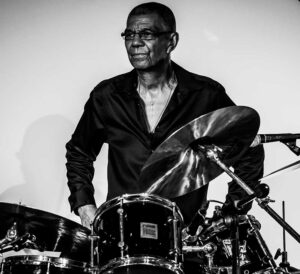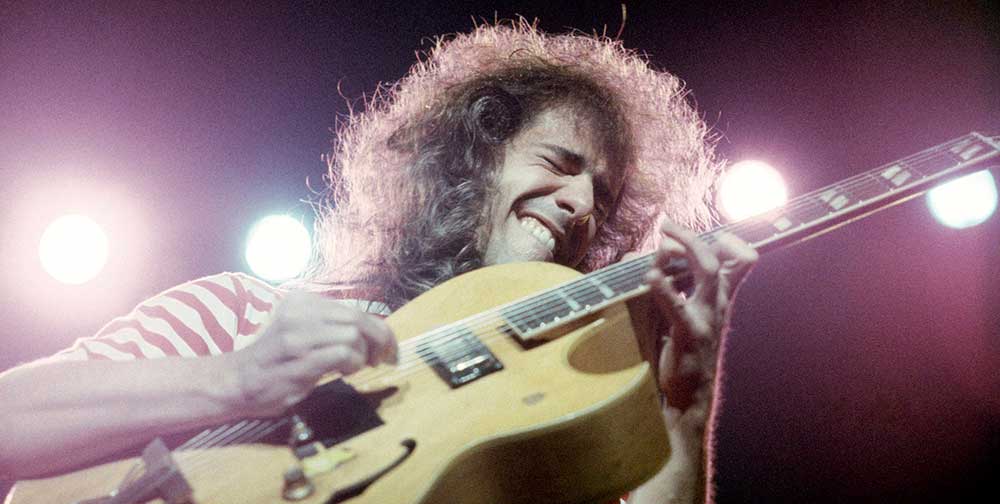Heavily involved with the Chicago avant-garde scene in the early ‘60s, Jack DeJohnette then contributed to some classic Blue Note post-bop sides and helped pioneer jazz/rock alongside Miles Davis, Charles Lloyd and Miroslav Vitous. He was almost the house drummer at ECM Records during the mid-to-late 1970s and also made several well-regarded solo albums for the label.
His Standards Trio with Keith Jarrett and Gary Peacock was at the forefront of the 1980s neo-traditionalist movement and he recruited M-Base stars Greg Osby and Gary Thomas for his own late-‘80s avant-fusion band. He then spent the 1990s Blue Note/Verve jazz revival working with John Scofield, Betty Carter, Michael Brecker, Herbie Hancock and Joe Henderson.
For many, the holy trinity of modern jazz drumming is Elvin Jones, Tony Williams and Jack DeJohnette. He initially borrowed from both but emerged later with a totally unique style, recognisable within one bar. He had an uncanny knack of bringing music to life and imbuing it with forward motion, lighting a fire under soloists with his crisp seven-stroke rolls around the snare drum and toms (he always prioritised a large kit, incorporating particularly “dry” cymbals and unusual
additions like bells and chimes).
DeJohnette’s famed “orchestral” approach to the drum set was of course rooted in his excellent piano playing. He was a tall man and his physical presence at the kit seemed incredibly loose, but he was also capable of maintaining high volumes for long periods of time – check out his 20-minute onslaught on Miles Davis’s “What I Say” for one example.
It’s likely that DeJohnette features somewhere in most jazz fans’ top 20 list – otherwise, here are some of his drumming touchstones to brighten up any record collection.
Herbie Hancock: “The New Standard” (1996)
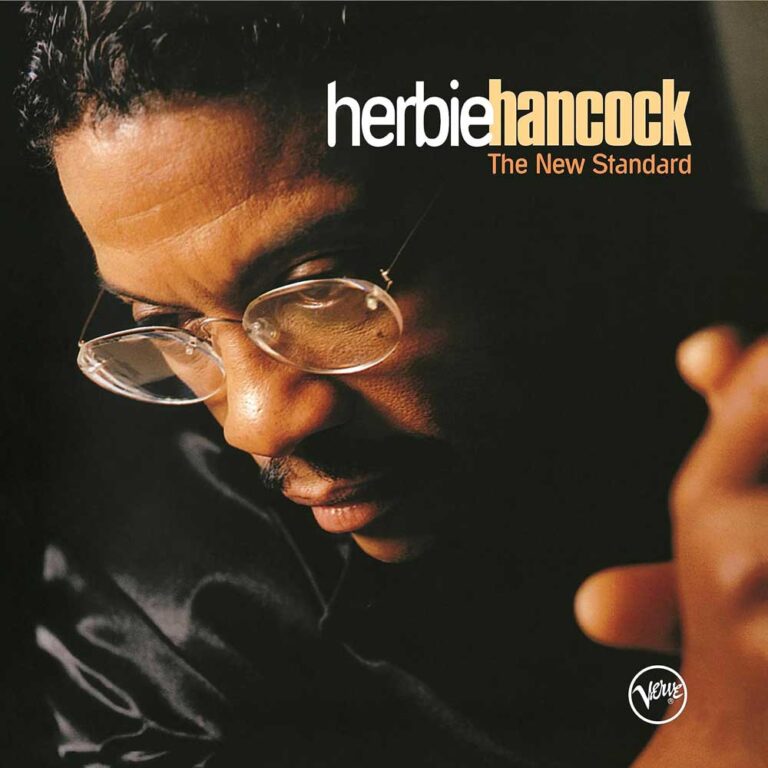
Herbie Hancock The New Standard
Available to purchase from our US store.
Jack spars excitingly with the pianist on the uptempo “New York Minute” and his opening Latin-tinged groove leading into breakneck bebop on “You’ve Got It Bad Girl” has to be heard to be believed. He even digs in with a simple but slammin’ funk/rock beat on “Thieves In The Temple”. All in all, this is possibly DeJohnette’s most tasteful playing on record, propulsive and right in the pocket.
Jackie McLean: “Jacknife” (1966)
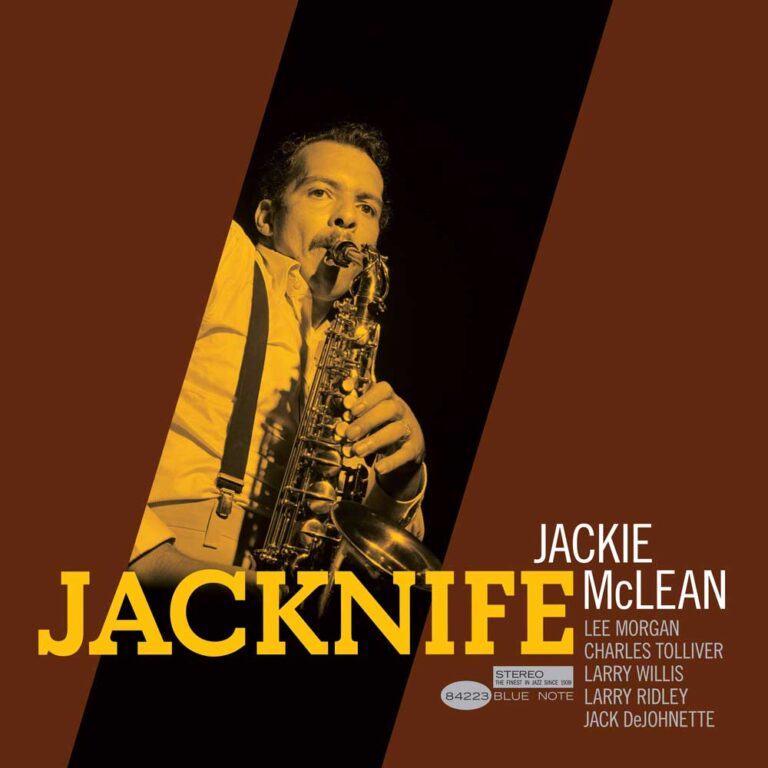
JACKIE MCLEAN Jacknife
Available to purchase from our US store.
An early triumph for DeJohnette on this Blue Note classic. “On The Nile”, “Blue Fable” and “Soft Blue” show him in full-on Elvin mode, while the title track and his own composition “Climax” are lightning-fast bebop.
Kenny Wheeler: “Gnu High” (1975)
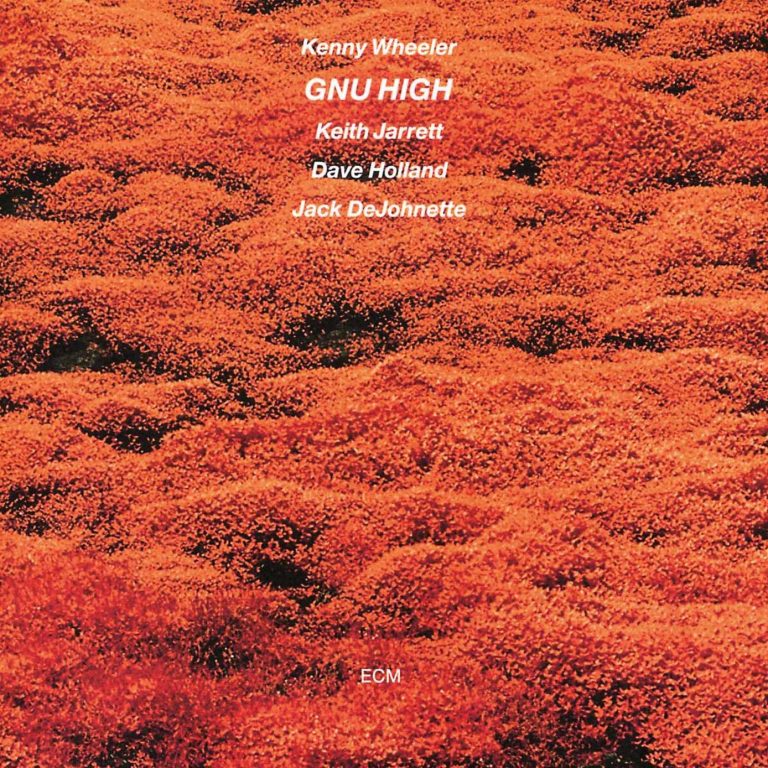
KENNY WHEELER Gnu High
Available to purchase from our US store.
The Canadian trumpet and flugelhorn star’s album is a touchstone of mid-1970s ECM and the presence of DeJohnette is a huge reason why. There’s nothing in jazz quite like the miraculous, “levitating” waltz-swing of the opening “Heyoke”, where DeJohnette seldom dictates a downbeat; Wheeler responds with one of his strongest statements on record and Keith Jarrett revels in the space he’s given to produce a classic, rhapsodic solo. DeJohnette would later appear on Wheeler’s
1985 ECM album “Double, Double You”, also featuring Michael Brecker on tenor saxophone.
Jan Garbarek: “Places” (1978)
Jack beguiles with his flat ride cymbal and that patented, flowing, “straight” 4/4 beat alongside the superb Norwegian saxophonist, Bill Connors on guitar and John Taylor on organ and piano. Check out his amazing onslaught towards the close of “Going Places” when he gooses Garbarek into one of his most electrifying solos on record. This was a wonderful era for Jack on ECM with key playing also on albums by Bill Connors, Ralph Towner and Terje Rypdal.
Pat Metheny: “80/81” (1981)
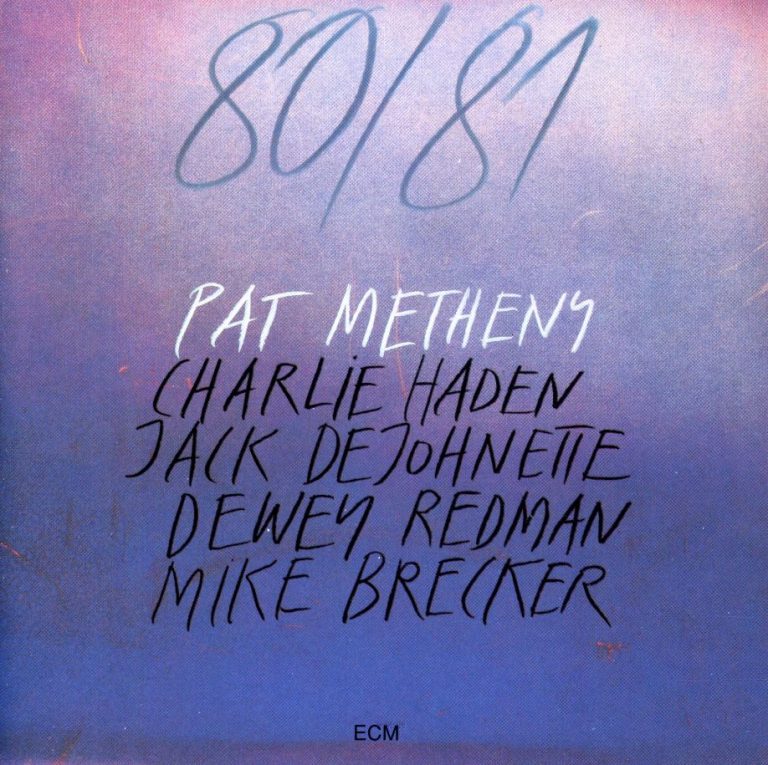
PAT METHENY 80/81
Available to purchase from our US store.
Ethan Iverson’s recent Substack tribute to Jack noted that “he loved rock music and could lay in a basic beat like a pile driver”, and indeed DeJohnette almost sends “Every Day (I Thank You)” into the mid-tempo rock zone, but his sense of dynamics and use of cymbals elevate the track way beyond the usual fare. Elsewhere his exemplary swing on “Turnaround” elicits a loud, closing statement of support from bassist Charlie Haden.
Keith Jarrett / Gary Peacock / Jack DeJohnette: “The Cure” (1994)
A compendium of classic drumming: there’s the New Orleans-style Second Line beat on “Bemsha Swing”, and the pile driving swing as he ploughs through “Woody’n’You”. But the real brain blower is his ”bendy” soloing throughout the slow blues “Things Ain’t What They Used To Be”, where he seems to mess with the fabric of time itself.
Matt Phillips is a London-based writer and musician whose work has appeared in Jazzwise, Classic Pop, Record Collector and The Oldie. He’s the author of “John McLaughlin: From Miles & Mahavishnu to the 4th Dimension” and “Level 42: Every Album, Every Song”.
Header image: Jack DeJohnette. Photo: Peter Gannushkin / ECM Records.
